David Southwell, 9 April 2019
This article is republished from Crosslight with permission.
In 1977, Congregationalists, Methodists and Presbyterians did something quite rare in the history of Christianity.
Coming together to create the Uniting Church was an act of consolidation in a faith more characterised by fragmentation.
Worldwide the number of denominationally different churches has been estimated to be between 33,000-43,000.
Indeed, the Uniting Church actually added to that number because not all of members of the three founding denominations joined.
In an Australian religious directory you will still find the Presbyterian Church of Australia, the Westminster Presbyterian Church of Australia and the Wesleyan Methodist Church of Australia.
There is also the Fellowship of Congregational Churches, which should not be confused with the Congregational Fellowship of Australia.
For an outsider trying to comprehend this dizzying diversity, Christianity could be compared with an overstocked supermarket aisle with hundreds of seemingly similar sounding brands jostling for notice on either side.
For many Christians, it is a source of sadness that the followers of Jesus have taken so many different paths, especially when the manifold schisms and splits have been the cause of wars, persecution and sectarian suffering.
However, if this is the dark side of denominationalism, having such a diverse range of churches could also be an opportunity for devotees to learn from each other and to explore what are the distinctive strengths and characteristics that attract adherents to different faith traditions.
This is something that has fascinated Rev Professor Stephen Burns, who teaches ministry studies at Pilgrim Theological College.
He has been studying the different ways of worship, from the solemnly ritualised proceedings of Catholic, Orthodox and high Anglican services to the freewheeling rock and roll concert-style of modern Pentecostal and charismatic churches.
An ecumenical appreciation comes easily to Stephen, who describes himself as coming from a hybrid Christian family in northwest Lakes District of England.
“The biggest influence was my grandfather, who was a Methodist evangelist all over Britain and Ireland,” Stephen says.
However, other members of the family had Brethren connections and in his teenage years Stephen found himself gravitating towards the Anglicans, basically he says because they had a local youth group – although there was a more profound reason.
“One of my best friends was very, very ill with leukemia in his early teens,” Stephen says.
“Seeing how the local parish church kicked in to care for him, because he was in the parish, not because he had any link with the congregation sort of stunned me, and still does.
“It gave me a sense of ‘wow, I want to be involved in that’. There’s a pastoral ministry that’s possible in the Church of England that takes you into the wider community.”
For many, Australian English Anglicanism might be mostly familiar from the pomp and ceremony of the church robed in its full establishment garb of conducting royal weddings or other occasions of high state.
However, Stephen says this is hardly indicative of the Church of England as a whole.
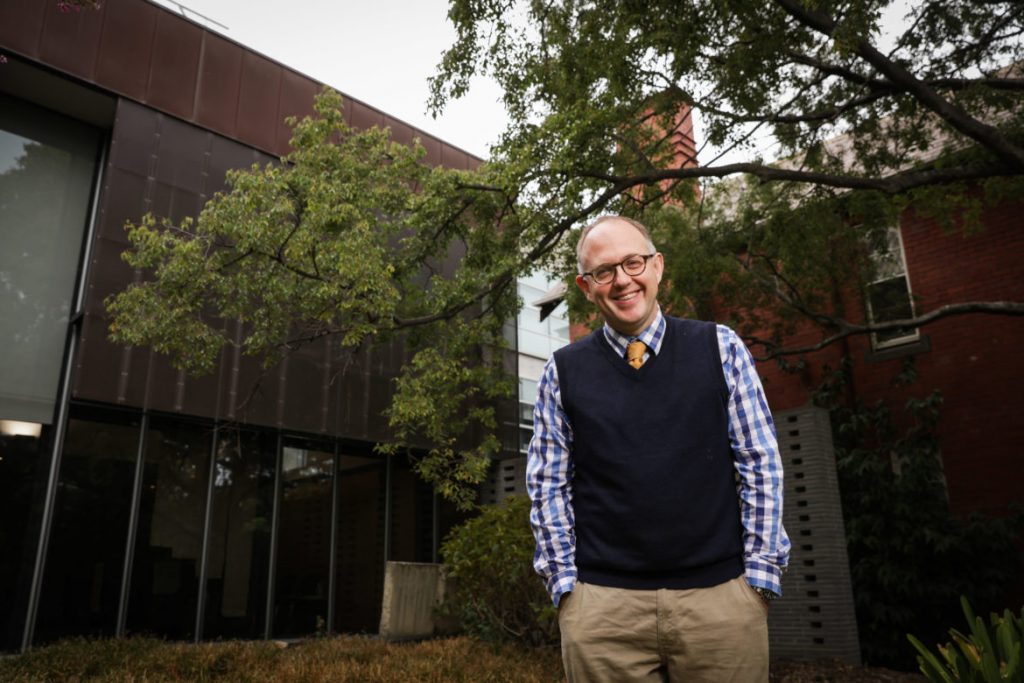
“The English Anglican scene is very mixed,” he says. “There are different traditions within it, including evangelical, more charismatic, Anglo Catholic, more liberal but they’re not at war with each other and people are always sort of mixed.
“To me it’s so broad, it’s quite an open tradition. One of the ways it’s worked at its best is to do unity by inclusion.”
Stephen also describes a more relaxed ecumenism in the UK. He received his theological training at a college run jointly by Anglicans, Methodists and the United Reform church. This has given him a particular appreciation for the ecumenical ethos of the Uniting Church.
“For me, the Uniting Church was a brilliant discovery,” he says. “For an ecumenical Anglican, the Uniting Church is a great fit. The culture of the UCA is not unlike the culture of the Anglican church in Britain.”
Stephen says the different strands of Christianity can learn much from each other. As an example, he says churches that employ traditional styles of worship could certainly look at how Pentecostal and charismatic churches adopt aspects of their surrounding cultures to thrive in different environments, including in the western world.
Roger Vistarini is part of the leadership team at the Dreambuilders Melbourne, a Pentecostal church in Hoppers Crossing, western Melbourne.
The retired 64-year-old is also a case manager at Dreambuilders Transitions, a church-run rehab centre for men who have histories of drug and alcohol abuse.
It might be said that Roger’s involvement with Dreambuilders came from a sign, or at least a vision.
“This church I’m going to now I saw from the freeway,” he says.
“I thought I’d try it, walked in the door and it felt like home. That was about 10 years ago.”
Roger is a lifelong churchgoer and says his “god-fearing” mother christened him at an Anglican church in country Victoria.
Growing up and eventually moving to Melbourne he attended a number of different churches, mainly charismatic and Baptist.
Roger says what transformed his Christian life was undergoing full immersion baptism and then receiving what the Bible tells us is a gift of the Holy Spirit, the ability to speak in a language that the speaker does not understand.
“My first experience was through a family member who invited me to basically pray with them. I’d been baptised in water and when they prayed with me I spoke in tongues,” Roger says.
“For me that changed my life quite a lot. It kind of gives me a fallback when I’m lost. It lets me give stuff to God.
“Like when the kids were little and there’s something wrong in the middle of the night and I don’t know what to do. To be able to pray in tongues is a very peaceful thing, for me to be able to hand things over to God.”
Roger says God speaks to him directly, sometimes through studying scripture, where a particular verse will stand out.
While Pentecostal and charismatic churches are sometimes criticised for being individualistic, the rehab program is a central element of Dreambuilders’ mission-oriented approach.
“We have a real outward focus,” Roger says.
“Coming to church isn’t about just coming to church. It’s about what you do about that and what God puts in your heart to help the community and your brothers and sisters and neighbours.”
By the standards of some of the airport hangar-sized Pentecostal and charismatic churches, Dreambuilders is not large, having about 150 regular attendees, although Roger says it is growing.
Roger says the typical service has “a youthful feel” with “Hillsongy” music, including a full sound system with light and stage effects.
However, Roger says this isn’t too high-decibel because the church attracts all ages and does not want new attendees, such as men in the rehab program, to feel overwhelmed.

“We want everyone to feel welcome. Even though it’s modern, it’s not super loud,” he says.
“Let’s just say it isn’t too churchy,” Roger says.
“You won’t find a cross on the wall, for example.”
While Pentecostalism is a relatively robust area of growth in contemporary Christianity, Stephen points out it isn’t the only one.
In terms of reverence for ritual and antiquity it would be hard to imagine a greater contrast to Pentecostalism than Orthodox Christianity, but it also is steadily growing in Australia, admittedly from a small base.
That is not to say this tradition has not adapted to its environment, you need only go to 285 La Trobe St in central Melbourne to discover that.
At street level the Eporo Tower presents a grey-titled and reflective glass entrance, if anything the impression is slightly drab and wholly functional, with nothing to suggest the building contains anything other than a typical set of offices and apartments.
However, those stepping out of the lift and into the first floor chapel of the Coptic Orthodox St Athanasius College are transported at least in style, if not quite timeworn stone-hewn materials, to a first century church from the Middle-East or near Asia.
The room is saturated with the light from brilliantly coloured high-arched icon-adorned stain glass windows on either side.
Solid wooden pews concertina towards the ornately carved front wall where brightly-hued icons also line up in procession towards the arched doorway that reveals the sanctuary and altar.
College chaplain Fr Shenouda Boutros points out that as with the traditional chapel nestled in the modern building, the Coptic church in Australia is very old but paradoxically also new.
This year marks only the 50th anniversary of the first Coptic liturgy performed in Australia, which was on 26 January, 1969.
Coptic is the Greek word for the ancient Egyptian language that comes from the time of the pharaohs.
This is the language still used in traditional Orthodox liturgy by the Copts, who traced their ancestry from the first century Christians in Egypt.
“One of the things about the Coptic church that strikes me is that I love it’s history,” Fr Shenouda says.
“It’s the history that can be traced all the way back to Christ himself. That makes me feel like my church is authentic and transports me out of this time all the way back. I’ve always felt a connection to Christ because of that unbroken history.”
The Coptic church is one of the oriental Orthodox churches (also including the Syrian, Armenian and Ethiopian churches) that split from the Catholic church after the Council of Chalcedon in 451.
This differs from the Eastern Orthodox churches (such as the Greek, Russian and Serbian churches) that came out of a later schism with the Catholic church in 1054.
The Coptic church has its own Pope, otherwise known as a patriarch, that predates the one in Rome and also established monasteries before the Catholic church.
However, in stark contrast to Catholic practice the Coptic clergy are required to be married before going into priesthood.
Priesthood is also considered a calling that happens only after first having a successful secular career, so seminaries do not recruit school leavers.
Priests are called in a communal and collegiate manner, with Fr Shenouda saying it was suggested to him by his bishop and his father confessor ( a priest who acts as a spiritual mentor).
It took some years before he agreed and then he still needed his congregation to give their ascent.
Fr Shenouda believes this communal involvement may be one reason the Coptic church has seen relatively little drop off from the generations who have grown up in Australia, as overall church numbers grow with more people fleeing persecution in Egypt and elsewhere.
His own family were refugees from Cairo that arrived in Australia in 1973 when he was an infant.
“Growing up in Australia I never felt like I was living between two different cultures so to speak. I drew my identity from being Coptic Orthodox,” he said.
“Whether I was Egyptian or Australian was a secondary thing to me.”
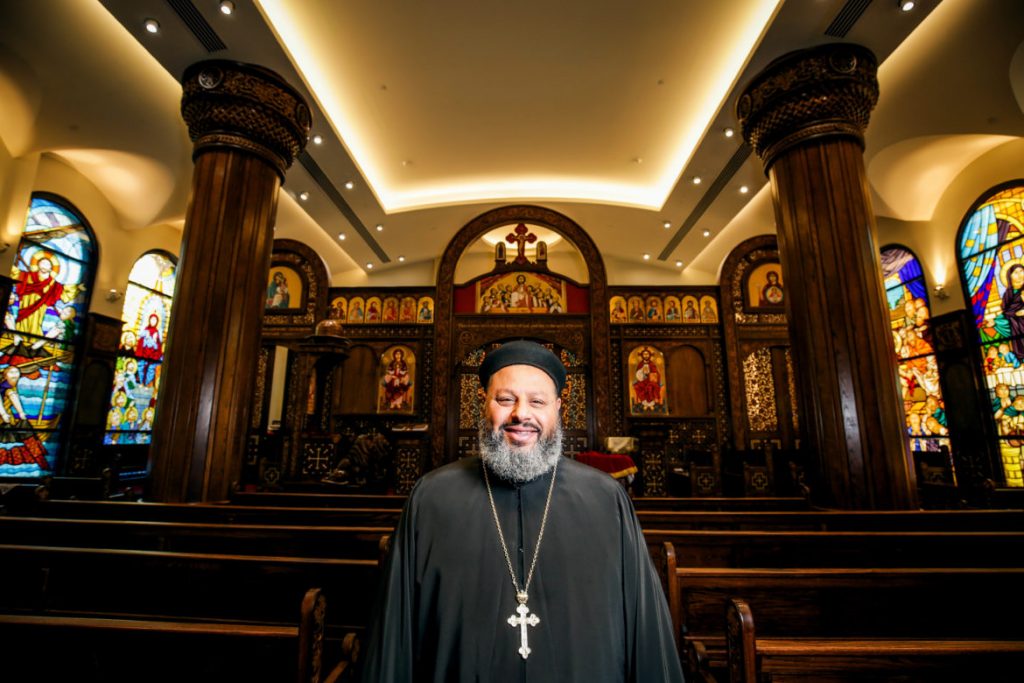
Although Fr Shenouda always felt involved with the church, it was trip back to Egypt where he saw the fervency and fullness of the congregations that made a big impression on him, along with more supernatural signs.
“The Coptic Orthodox church is very mystical in its approach,” he said.
“There are always icons weeping oil.
I saw them with my own eyes. I think seeing that first-hand had an impact on me. The church has always been mystically real to me.”
Fr Shenouda says effectively communicating the unchanging message of the church, the orthodoxy of Orthodoxy, is of fundamental importance.
“As Christians we live our lives differently,” he says.
“We make ourselves relevant by the fact we are actually called to be different. A life of holiness is what we are called to. The calling of the church is not to meld itself into what the rest of society is doing. We’re called to imitate Christ in every aspect of our lives.”
Fr Shenouda is also involved with ecumenical work and he believes there are things his denomination can learn from the Uniting Church.
“I think the Uniting Church has a great social justice outlook towards the community as it tries to engage all levels of the community and support those in need,” he says.
“That’s something where I think we are still quite new.”
A Christian tradition that is not new to Australia, although unlike in many countries it is has never been the dominant one, is Catholicism.
To return to the supermarket aisle metaphor, if one side of shelving has multiple competing brands of church the other has just one label, Roman Catholic.
Half the world’s 2 billion Christians are in communion with the Vatican. If we were imagining Christianity as a soft drink supermarket section, Catholicism would be Coke.
Talking to Jesuit Priest Father Gerald O’Collins provides ample and impressive reminder of Catholicism’s immense scope and history.
Fr Gerald is a research professor and writer-in-residence at the Jesuit Theological College, which is cosily nestled in neatly terraced houses lining Kings Parade in Melbourne’s university district of Parkville.
At age 87, Fr Gerald is one of Australia’s leading theologians He has produced 74 books, including four last year. A new one is at the publishers.
He has variously studied and taught at Melbourne University, Cambridge University, Boston Theological College, the Australian Catholic University and the University of Divinity. His CV is littered with awards and honours from these and other universities.
For 33 years, Fr Gerald taught at Pontifical Gregorian University in Rome, which was set up by the founder of the Jesuit order, Saint Ignatius of Loyola, in 1555. Fr Gerald’s former students include a who’s who of the Vatican’s top echelons, including the Secretary of State Archbishop Pietro Parolin.
It should then come as no surprise that Fr Gerald, who attended Xavier College, chose to become a Jesuit in 1950 because of their scholastic tradition.
“The first Jesuits were all graduates of the university of Paris, which I think was the best university of the world at that time,” he says.
“Jesuits can do anything. We have a doctor in obstetrics at the College of Spirituality. I know of astronomers, doctors and lawyers.”
Fr Gerald nominates the emphasis on having both faith and reason as something that is distinctive, but not unique to, the Catholic tradition.
“Unfortunately there are a good number of Christians who feel that faith is a blind leap in the dark,” he says.
“Catholics don’t think that way – reason and faith go together. One of Pope John Paul II’s best encyclicals was Faith and Reason in 1978. It was a typical summing up of Catholic thought.”
He nominates a few more distinctly Catholic characteristics.
“You can say ‘both and’ is a big principle, both Jesus and Mary,” he says.
“Many Christians have felt that honouring the Virgin Mary and the saints takes something away from Jesus, but Catholics don’t behave that way. We think ‘both and’.”
“Some people find Catholicism’s regard for the material a bit offensive. We have all kinds of sacramentals like blessings doused with holy water. Or on Ash Wednesday Catholics get ash on their foreheads.
“We like to see the body of Christ, we’re not against an unadorned cross but we do like to see the corpus.”
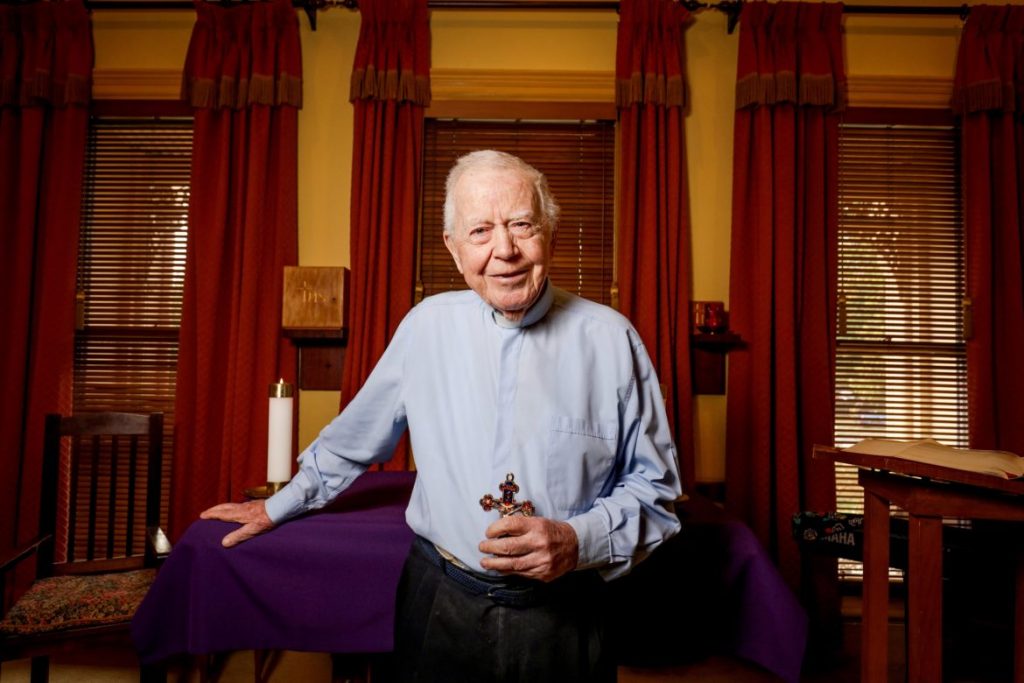
Fr Gerald says the global standing of the Pope is unique. He cites the prophetic role Pope John Paul II played in helping end Soviet communism.
With the current Pope being a fellow Jesuit, Fr Gerald notes wryly there is a superstition that a Jesuit Holy Father portends the end of the papacy or indeed of the world.
However, he thinks Pope Francis is bringing refreshing perspectives.
“He breaks new ground in that he’s not only serving the poor and serving the disabled but learning from them,” Fr Gerald says.
“That hasn’t been said too much by anybody.”
Fr Gerald says the conviction of Cardinal George Pell cast a pall over Catholicism but there are always less publicised works being done that refuel his Christian hope.
As someone who have been involved in high-level ecumenical endeavours he also sees grassroots evidence of churches cooperating more freely.
Stephen Burns believes that as churches recede in the west, they have to look past old divides, choose between sectarianism or survival.
He gives as an example the Church of South India, which formed out of a number of protestant denominations including Anglican, Methodist and Scottish churches.
“Christians were always in a minority, so ecumenism was easier,” he says.
“The churches that were joining together have recognised in each other an ‘undistinguished grace’. God had graced the different churches is a way that you could not distinguish one as better than the other.
“This doesn’t bludgeon difference, but is an affirmation that allows for all kinds of difference to just bubble away. That is my mantra if you like. That’s what we need to do.”
No doubt the intrepid founders of the Uniting Church would agree.
David Southwell, 9 April 2019
This article is republished from Crosslight with permission.


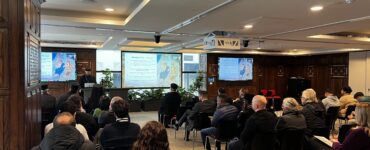

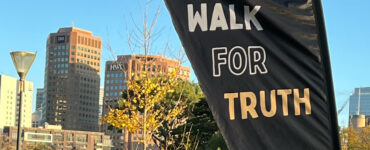

Add comment